NSKK Officer Ranks Kepi
SKU: 53.GOR.01.01.02.001
Estimated market value:
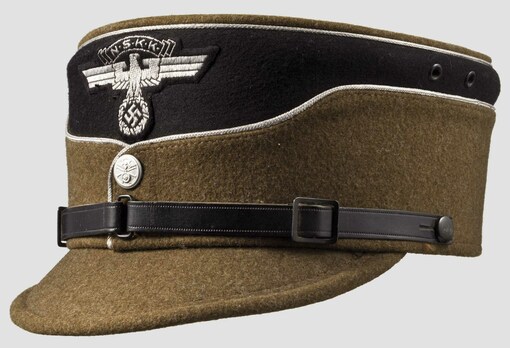
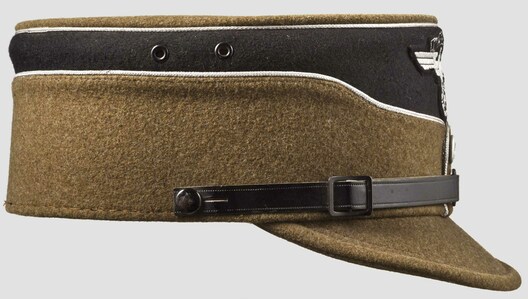
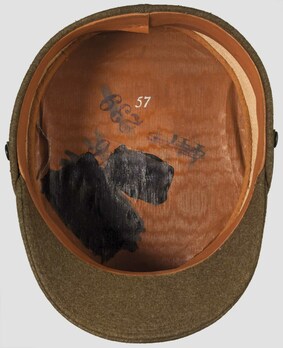
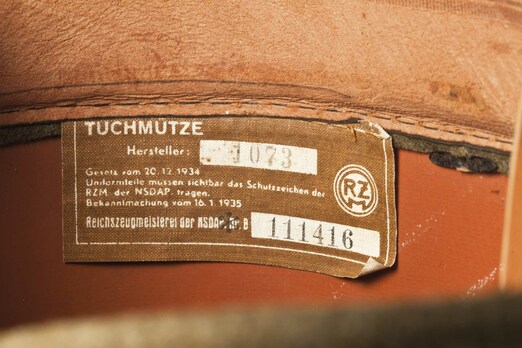
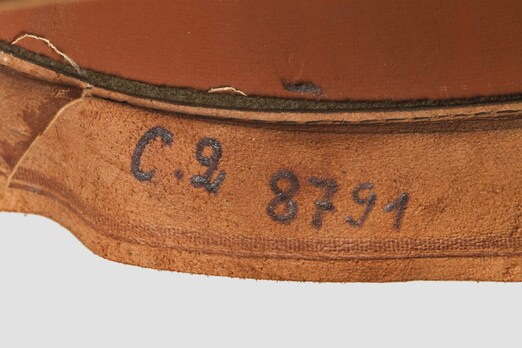
Estimated market value:
Attributes
History
The NSKK (Nationalsozialistisches Kraftfahr-Korps = National Socialist Motor Corps) was a paramilitary organisation affiliated with the NSDAP, specialising in anything related to the driving of motorised vehicles. NSDAP officials recognised the need for access to cars and trucks for both transportation and propaganda purposes as early as 1922, and certain steps were taken to ensure this need was met. However, it took until April of 1930 for a specialised motor organisation to be officially founded. This organisation was named NSAK (Nationalsozialistisches Automobil-Korps = National Socialist Automobile Corps), but was renamed to NSKK less than 13 months later.
Initially, the NSAK/NSKK was under the control of the SA and existed next to its parent organisation’s own driving-related sub-organisation, the Motor-SA. This changed after the “Night of the Long Knives”, in which many SA leaders were purged and the organisation was substantially disempowered. After July of 1934, the NSKK became an independent organisation whose leader, NSKK-Korpsführer Adolf Hühnlein, answered directly to Adolf Hitler.
The main tasks of the NSKK were to provide transportation for all organisations of the Third Reich, to train and instruct boys and men (and a number of women) in mechanics and driving, and to assist police in regulating traffic. During the mid 1930s, the organisation also provided roadside assistance.
With the onset of the war, the NSKK’s tasks underwent certain changes. Instructing both civilians and soldiers in the driving and maintenance of armored vehicles became a higher priority. The NSKK also began working closely with other organisations, for example Organisation Todt (OT), by providing transportation of workers and supplies for the colossal building project that was the fortification of Germany’s Western border, the Siegfried Line (or Westwall). During the war, the NSKK provided much of the transportation needs for the German Army and the Luftwaffe, including the transport of troops, weapons and ammunition, and building materials, for example for the construction of air bases in the newly conquered territories in Eastern Europe after the attack on Soviet Russia in the summer of 1941.
Parts of the NSKK would come under the control of architect Albert Speer who took over OT after the death of Fritz Todt in 1942, leading to the creation of Transport Brigade Speer (later Transport Corps Speer), which would eventually completely sever its ties to the NSKK.
Between 1930 and 1936, the headgear worn by NSKK members was very similar in style or even identical to that of the SA. One such piece of headgear was the Kepi, nicknamed “coffee can”.
Initially, the Kepi was often worn with an SA-style political eagle insignia made of metal. Eventually, this was changed to an embroidered NSKK eagle insignia. The visor is cloth-covered, and on top of it a black leather chin strap was worn.
The earliest Kepis can be identified by the use of a brown leather button, holding together the side flaps at the front, and a brown leather chin strap. A coloured top part, based on SA regional colours, was introduced on July 7, 1933.
Beginning around 1934, the colour of Kepi shifted from the light brown used by the SA to a darker olive colour.
A black top part was first introduced in May of 1934 to replace the multitude of regional colours. However, this was revoked at a later date in favour of the regional colours. Eventually, being ordered in December of 1936, the black top became the standard. On each side of the cap, there are two small ventilation holes located in the coloured section.
There were two exceptions.
The caps that were worn by corps and group leaders have a carmine (karmesinrot) top rather than a black top. This was first introduced in 1933.
The caps that were worn by the staff of motor groups have a vermilion (zinnoberrot) top. This was first introduced in 1935.
The initial use of brown leather buttons was discontinued, being replaced by silver-coloured buttons made of metal. Initially, these were blank, either smooth or pebbled, but eventually they featured an NSKK eagle emblem superimposed over a spoked wheel.
Members holding Officer ranks, that is Sturmführer and above, wore their Kepi with silver-coloured (aluminum) piping, while Kepis for Enlisted ranks up to and including NSKK-Obertruppführer feature dark brown piping.
However, members of certain medium-level leader ranks wore regional two-colour piping based on SA colours between 1931 and 1936.
In mid-1933, bands of Tresse (braid) were introduced on the cap top to indicate duty status of certain Officers. In this, Tresse was not an indicator of rank, but rather of certain functions.
Initially, the SA design was followed, but in 1936 an NSKK-specific style of design was introduced. The bands of Tresse differed in size, colours, and displayed patterns.

Versions
$2,000 USD
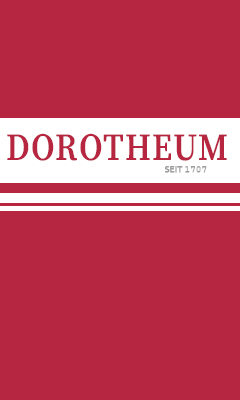
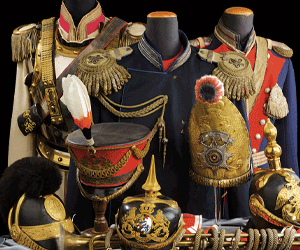
Comments
Sign in to comment and reply.


Scroll Top